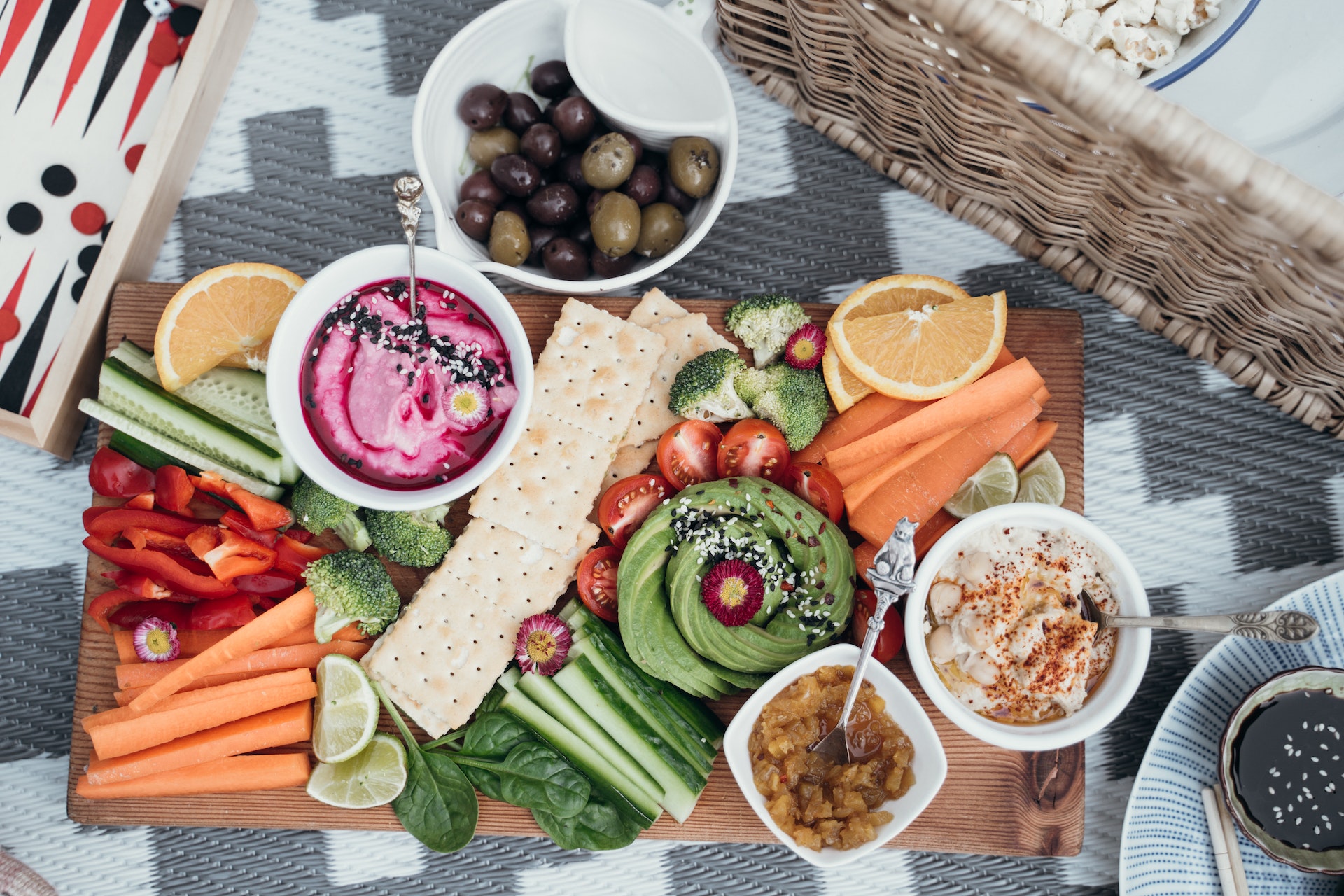

Warm weather and picnics...the long-awaited perks of summer are finally here to stay for a while. But warm temperatures and outdoor food can make a dangerous duo when it comes to preventing foodborne illnesses. These illnesses are quite common with one in six Americans getting sick each year, according to estimates from the Centers for Disease Control and Prevention, known as the CDC. While most individual cases of foodborne illness go unreported, outbreaks involving multiple people and illnesses reported at public food service establishments are investigated by the staff at the Putnam County Department of Health.
Residents can protect themselves by following the same food safety guidance health department staff use to educate food establishment operators. Most foodborne illnesses can be avoided by following a basic four-step plan endorsed by the food safety experts at FoodSafety.gov, the CDC, the United States Department of Agriculture known as the USDA, and the Putnam County Department of Health. In the most simple words…“clean, separate, cook and chill.”
“Cleanliness is the key to protecting your health,” explains Senior Public Health Sanitarian Mitch Lee. “Wash your hands thoroughly with soap and water for at least 20 seconds before and after handling food. If soap and water are not readily available, use hand sanitizer with at least 60% alcohol content. Keep utensils, cutting boards, and workspaces clean by washing them with hot, soapy water in your kitchen, or use a sanitizer solution approved for food contact surfaces. Be sure to thoroughly wash fruits and vegetables.”
Separating food to avoid cross contamination is crucial—not just in the kitchen but also especially at barbeques and picnics. “It’s important to make sure raw meats for a barbeque are stored and packed separately from other common picnic foods, like salads and fruit,” Mr. Lee says. “These food items need to be packed and transported carefully to prevent any raw juices from meat from dripping into foods that will be eaten without cooking.” Cross contamination can also happen when a person handles raw meat and then touches ready-to-eat food, or when a knife is used to slice raw meat and then a sandwich.
Cooking and chilling food properly are also important ways to reduce the chance of foodborne illness. At picnics this often means cooking meats to safe temperatures and keeping other foods chilled before serving and then returning leftovers to a cooler stocked with ice.
“When we work with restaurants, we talk about ‘time/temperature controls for safety’ and we use the term “TCS foods” to describe those that require special handling for cooking and chilling. Essentially, these are perishable foods,” explained Mr. Lee. “Foods such as meat, poultry, seafood, soft cheeses, dairy, sprouts and sprout seeds, and cooked vegetables, such as potato salad, are an excellent environment for viruses and bacteria to thrive. Sliced melons or sliced tomatoes are also considered “TCS” or perishable foods because once the flesh is exposed, these foods become vulnerable to bacteria such as salmonella,” he further explained.
Advice from the health department? “Always hold or store these perishable foods at temperatures above 140 degrees Fahrenheit for hot food and below 41degrees Fahrenheit for cold foods,” Mr. Lee said. “For a picnic, that means keeping hot food hot before eating and bringing plenty of ice for coolers. Minimize opening and closing coolers, and store coolers away from direct sunlight, to keep the temperature below 41 degrees Fahrenheit.”
Michael J. Nesheiwat, MD, interim health commissioner outlined some of the main symptoms of food poisoning, saying, “They most often include nausea, vomiting, stomach cramps, diarrhea, and fever.”
“Symptoms and severity can vary,” Dr. Nesheiwat says. “If you have a high fever over 102 degrees, diarrhea lasting more than 3 days, frequent vomiting so that you are unable to keep liquids down or exhibit signs of dehydration—such as inability to urinate, a dry mouth or throat and feeling dizzy upon standing—it is important to seek prompt medical attention. Severe food poisoning can be life threatening,” he added.
Other threats to food safety include summer storms with power outages. Without a generator, refrigerators and freezers eventually lose their ability to keep foods cool and safe. “Keep these appliance doors shut to prevent cold air from escaping. Without power, your refrigerator may keep foods safe for up to four hours,” Mr. Lee said. “After that, perishable foods, such as meat, poultry, fish, eggs, and leftovers should be thrown out. Ice and dry ice can be purchased and stored in a refrigerator or freezer to keep food temperatures low, but be sure to use a food thermometer to ensure temperatures stay below 41 degrees F.”
Foodsafety.gov has a comprehensive and easy-to-read safety chart for what to do with more than 50 foods when a power outage strikes. Visit: https://www.foodsafety.gov/food-safety-charts/food-safety-during-power-outage
The mission of the Putnam County Department of Health is to improve and protect the health of the Putnam County community. The department, nationally accredited by the Public Health Accreditation Board (PHAB), serves a community composed of nearly 100,000 residents. Core services are provided through a lens of equity, and include community health assessment, disease surveillance and control, emergency preparedness, environmental health protection, family health promotion and health education. For more information, please visit our County website at www.putnamcountyny.com, or visit our social media sites on Facebook, Twitter and Instagram @PutnamHealthNY.
For resources in English and Spanish visit: Handling Food Safely While Eating Outdoors
https://www.fda.gov/food/buy-store-serve-safe-food/handling-food-safely-while-eating-outdoors